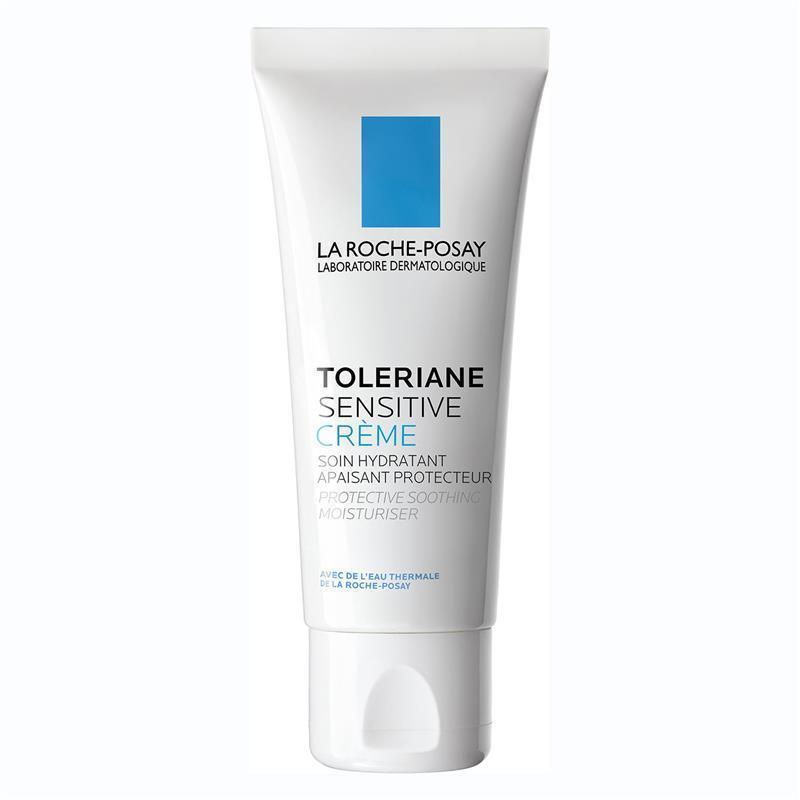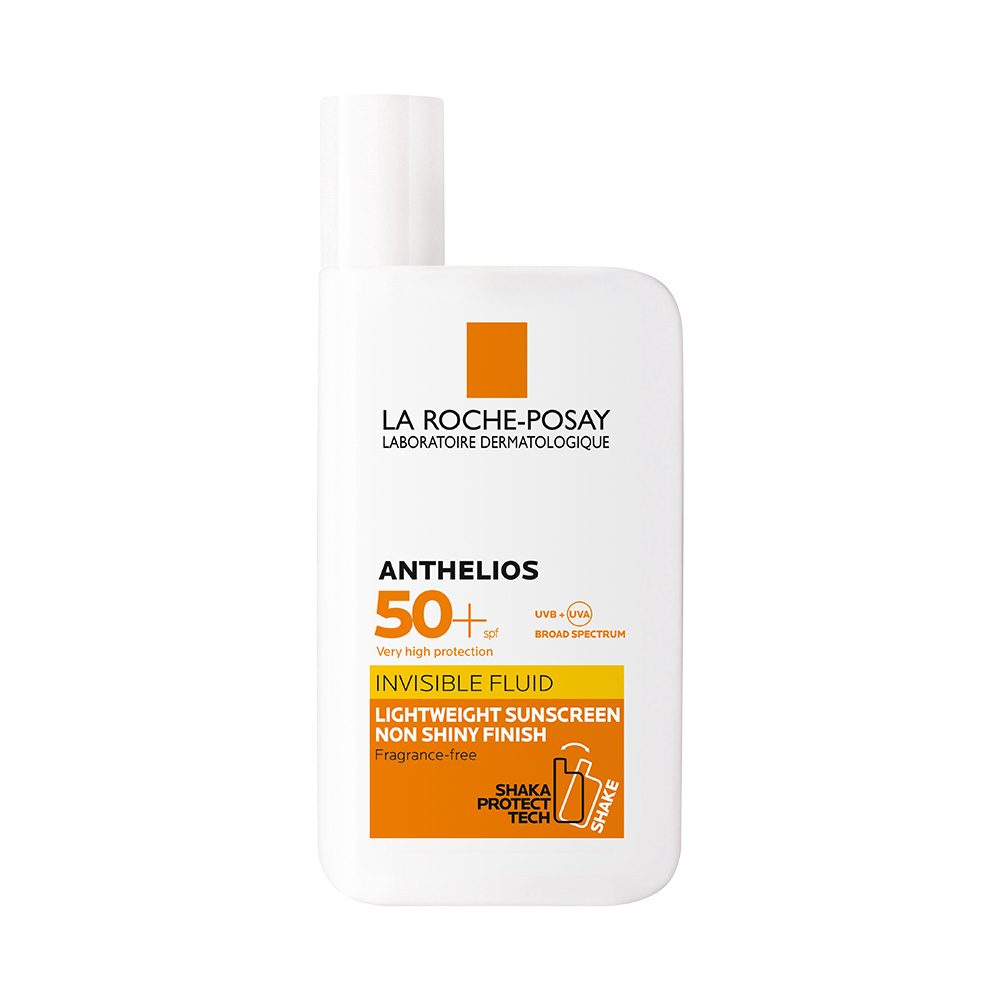
- POPSUGAR Australia
- Beauty
- Why Skin Sensitivity Is on the Rise and What You Can Do to Manage It
Why Skin Sensitivity Is on the Rise and What You Can Do to Manage It


If you feel like you’ve seen more chat on social media about sensitive skin than ever over the last two years, you’re not wrong. As of 2022, the #sensitiveskin hashtag has 979 million views on TikTok, with #sensitiveskinfriendly and #sensitiveskincare having a combined 79 million views. Meanwhile on Instagram, #sensitiveskin has 1.5 million posts. Related conditions and side effects topped the Lookfantastic 2021 annual Skinfluencer Report, with “rosacea” taking out number one, followed by “skin redness spots” and “dry skin” at five and eight.
Why Are We Feeling So Sensitive?
Most studies report that 50-70 percent of the population identify themselves as having “sensitive skin”. Some researchers believe factors like climate change and urbanisation are driving a statistical increase, while others attribute a rise in consumer awareness thanks to gung-ho marketing and increased consumer awareness, the legacy of the covid lockdowns.
Indeed, the Mintel 2022 UK Women’s Facial Skincare Market Report identified “skinmunity” as a fast growing consumer trend for brands to capitalise on, giving context to the number of microbiome and “barrier-supportive” products that have launched over the last two years.
Dr Cara McDonald, a dermatologist who specialises in the treatment of rosacea, is skeptical about studies reporting an actual escalation in skin sensitivity. “Studies like these are often skewed,” she tells POPSUGAR Australia, “because the people who opt-in often have an interest in skin and skincare, perhaps because of underlying skin conditions.”
Dr McDonald says while increased pollution and changes in the weather, as well as low exposure to germs as a child can contribute to skin sensitivity, the primary driver she has observed is “increased awareness” due to more time spent online in the last two years.
The Causes of Sensitive Skin
Very simply, for every term like “skin sensitivity” we’re becoming aware of, we’re adding a product to our routine.
In 2021 Wiley reported that pre-lockdown, 28 percent of women had a complete skincare routine, including exfoliants, serums, masks and moisturisers. This number increased to 46 percent post-lockdown. Exfoliants and cleansers saw the greatest uptake with NPD Group finding that consumers were “washing and moisturising their face[es] more often than pre-pandemic.”
It seems we’ve had too much of a good thing. Dr McDonald says the most common cause of irritation she sees in the clinic is “skin sensitised by external irritation caused by harsh skincare products, excessive cleansing and environmental irritants.”
The Difference Between Sensitive and Sensitised Skin
So, is your skin sensitive, or sensitised? While any skin type can experience skin sensitisation, skin sensitivity describes skin that is consistently reactive and intolerant.
“It’s usually lifelong,” says Dr McDonald, “and may affect up to 50 percent of individuals.” Signs you may be at the “sensitive” end of the spectrum include frequent reactions to new products and increased skin irritation when exposed to environmental changes.
Sensitised skin on the other hand is skin that has become irritated or rashy “due to external factors.”
This can encompass everything from physical irritation (like chafing) environmental irritation (seasonal allergies) and inappropriate skincare. Dr McDonald says you can tell if your skin has been sensitised because burning and stinging sensations will likely be accompanied by visual changes. “Commonly sensitised skin will have a rash that is dry, red, peeling and bumpy,” she tells POPSUGAR Australia.
What’s Happening When Your Skin Becomes Sensitised?
In 2021, the term “skin barrier” experienced a 72 percent increase in Google searches, as consumers put down their acidic toners, and started to look into the causes of their itchy, flakey faces. So how do our skincare routines disrupt our most important epidermal layer?
The term “skin barrier” describes the moisture regulating function of the stratum corneum, the outer layer of our skin that protects us from microbial, mechanical and chemical aggressors while preventing transepidermal water loss. This barrier has its own “ingredient” matrix, and each component relies on the other.
Natural moisturising factors coat the skin, allowing it to maintain optimal pH. This pH protects enzymes in the skin responsible for the production of fatty acids and ceramides and supports the microbiome, which wards off pathogens and infection.
Dead skin cells also coat the skin and are actually part of this essential matrix. However, the shedding process can become sluggish as we age which results in congestion and dullness.
This is why over-the-counter and prescribed exfoliants speed up the shedding process. But, as you’ll have observed, our skin is complex and overuse of harsh products can throw the entire system out of whack.
When the skin barrier is damaged, Dr McDonald explains, it stops doing its job. “Water passes from inside the body out, to the external environment,” she says, wreaking mayhem. If your skin barrier is damaged, you may find your skin, much like a kettle chip, is both oily and dry, because it’s overproducing oil to compensate for the loss of water. It will also be irritated, more prone to breaks outs, and more vulnerable to irritation.
How to Respond to a Sensitivity Flare-Up
Taking your regime back to basics is essential.
Dr McDonald says first thing is to cut down the number of products you’re using, exposing your skin to as few ingredients as possible. Dr McDonald says to look at skincare with a short ingredients list, free from “alcohol, fragrances and other known allergens”.
“Use a cleanser specifically formulated for sensitive skin,” says Dr McDonald, “cream cleansers like La Roche Posay, Toleraine Gentle Cream Dermo Cleanser, simple formulations rich in natural moisturising factors, “these clean the skin while improving hydration and protecting the skin barrier.”
You can then skip two-to-three steps in your routine, and head straight to moisturiser.
“La Roche Posay Toleriane Sensitive Prebiotic is an excellent daily moisturiser,” Dr McDonald tells POPSUGAR Australia, “because it reduces water loss and creates the right environment for your skin to naturally repair while increasing the production of natural moisturising factors.”
If your skin is intensely dry, you might need the La Roche Posay Cicaplast Baume B5 Cream a staple on the bedside table of many beauty editors who fall into the “at risk” category of skincare over-users. The Cicaplast range includes antibacterial natural moisturising factors copper and zinc compound manganese, along with anti-redness ingredients like centella asiatica and panthenol. Its rich texture creates a nourishing layer over compromised skin, so your skin can focus on repairing itself.
The most essential step, however, is sunscreen. “Sun protection is a must as UV damage will stop the skin from working as it should,” says Dr McDonald. Indeed, the FDA found that overuse of topical acids leads to an 18 percent decrease in skin tolerance to sun exposure. Particularly in Australia, an SPF50+ is essential, like all La Roche Posay products, La Roche Posay, Anthelios Invisible Fluid Facial Sunscreen SPF50+ is formulated for sensitive skin types. It’s also non-greasy and non-comedogenic, with a light, fluid texture.
So consider your sensitive skincare routine a three stepper, cream cleanser, moisturiser and sunscreen.
Shop products that support a sensitive skincare routine

Toleraine Gentle Cream Dermo Cleanser ($29.95)

Toleriane Sensitive Prebiotic ($33.95)

Anthelios Invisible Fluid Facial Sunscreen SPF50+ ($35.95)
ALWAYS READ THE LABEL AND FOLLOW THE DIRECTIONS FOR USE.
Apply 20 minutes before sun exposure. Sunscreen is only one part of sun protection so wear
protective clothing and seek shade. Avoid prolonged sun exposure. Reapply every 2 hours and after swimming, toweling and perspiring in accordance with directions.

